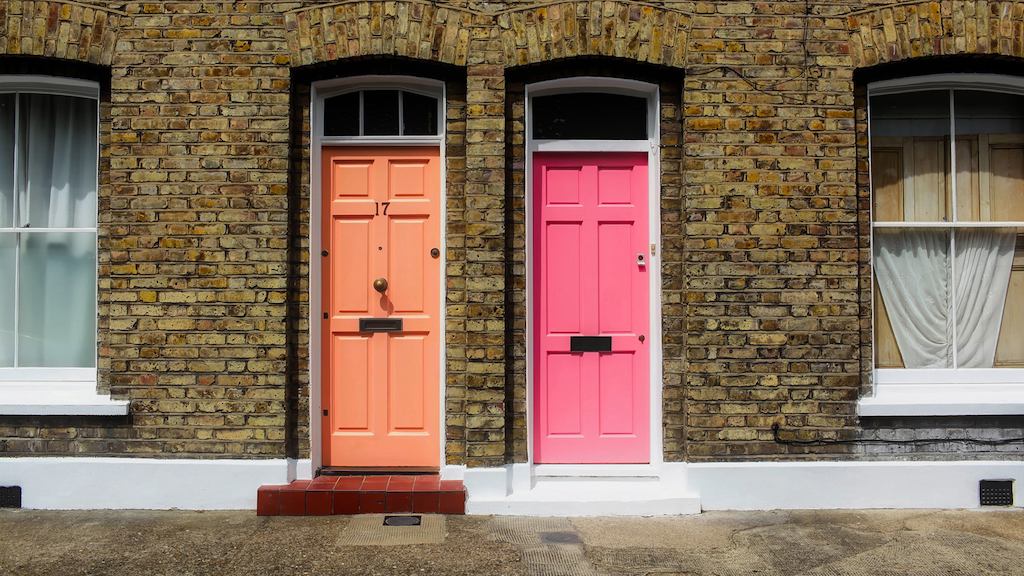Over the next 25 years, the proportion of households where the oldest person is 85 or over will grow faster than any other age group. Homes that meet the needs of older people are in greater and greater demand. As society starts to come around to this fact, the reaction has been an increasing interest in the topic of “downsizing” or “rightsizing”.
For some people moving home might be a positive option. It might mean they can move closer to family and friends, live in a home that is easier to run, release equity to help fund their later life or to pass on to younger generations.
But it is certainly not a viable option for all. Housing wealth has never been higher, but there are also huge inequalities experienced by people in later life which mean that for many, moving to a new home will simply not be an option, whether they want to or not. Many older people have little savings and are on very low incomes. Many do not, and are unlikely to ever, own their own home. Private renting is in fact increasing for people aged 65 and over. Some 200,000 older adults have joined the rental market in the last four years and estimates suggest a third of over-60s could be living in private rental property by 2040.

